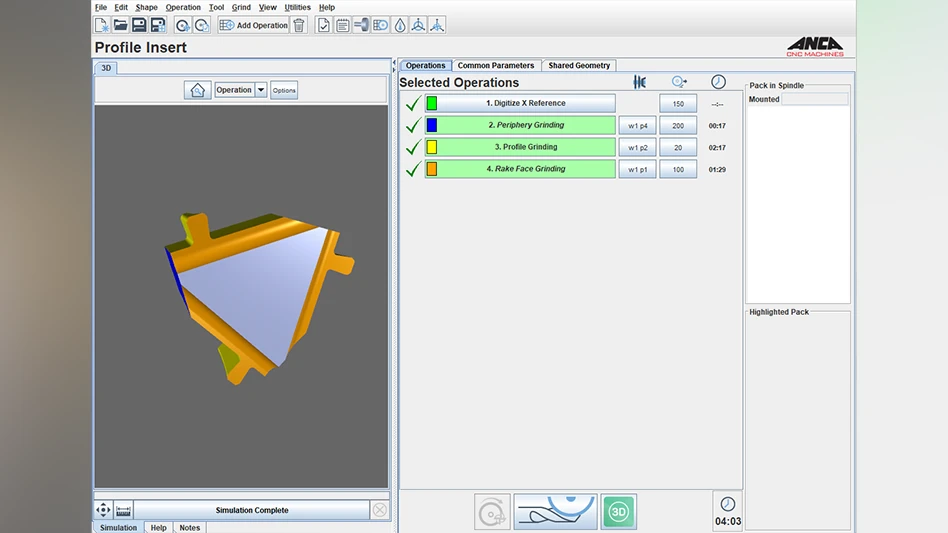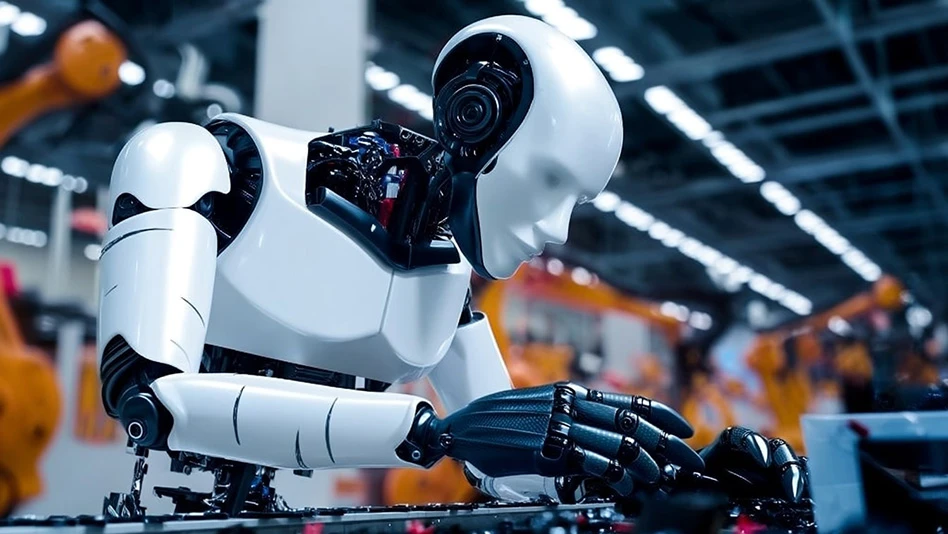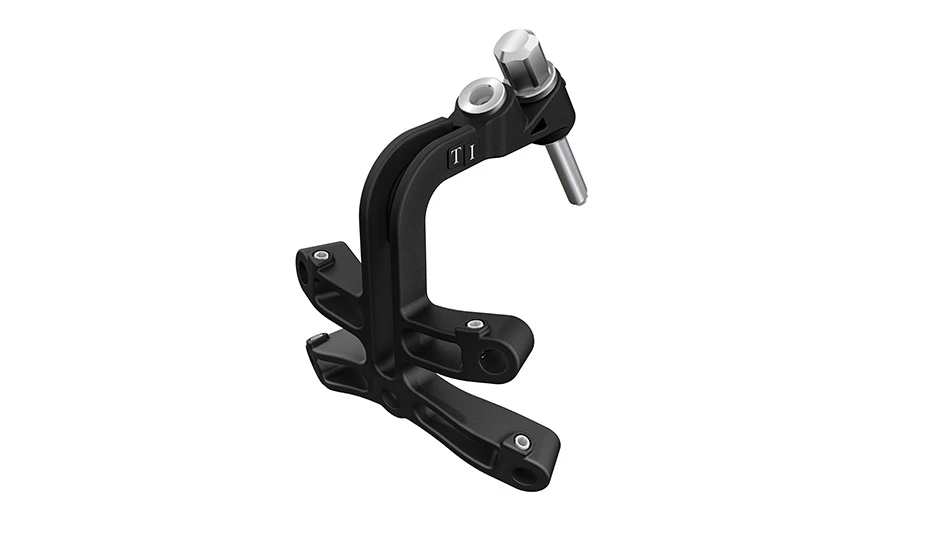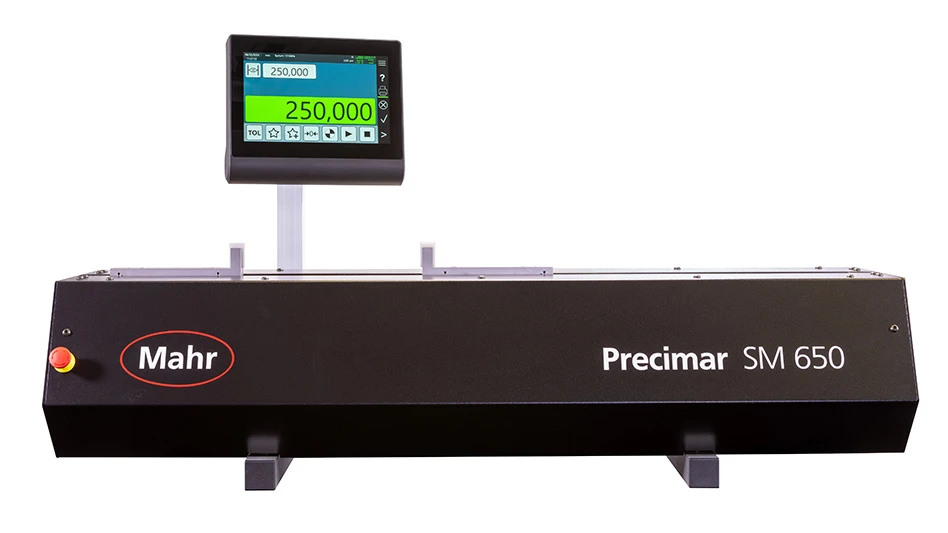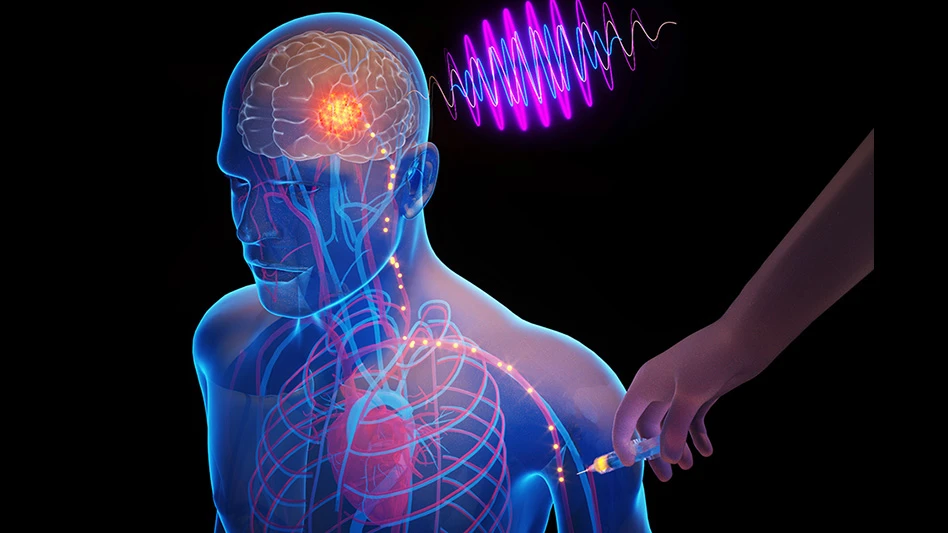
Editor's Note: This article originally appeared in the July 2025 print edition of Today's Medical Developments under the headline “Enabling stroke victims to read, write, and speak.”
A collaboration between the University of Michigan (U-M) and Stanford University aims to give stroke patients the ability to ‘speak’ by detecting and interpreting brain signals, using the world’s smallest computers linked up to the world’s most biocompatible sensors.
The Marcus Foundation made a $29.7 million grant, led by Stanford, that’ll benefit victims of aphasic stroke left struggling to communicate. U-M will receive $19 million of the total grant.
According to the American Heart Association, stroke is the leading cause of disability in the U.S. The National Institutes of Health estimates more than 1 million Americans have aphasia and there are more than 210,000 new cases per year. Damage to the brain impacts their ability to listen, write, read, and speak, yet they retain their ability to understand others’ speech.
U-M researchers Cindy Chestek and David Blaauw will lead the design and construction of an implantable, long-term brain computer interface. Stanford researchers will work with people who have had a stroke impairing their ability to speak, evaluating whether they can decode words from other parts of the brain not affected by the stroke.
“The current electrode technology has been in use since the 1990s and it’s called the Utah array,” says Chestek, U-M professor of biomedical engineering, electrical engineering and computer science, and robotics. “It’s an implantable electrode that can last from one year to seven. But that’s not reliable enough for a medical treatment, and the device can also create a lot of scar tissue in the brain. David and I are going to build a much better device, which will consist of a lot of tiny devices.”
Specifically, they’re building tiny carbon-based electrodes that’ll record signals from the brain’s temporal region, which handles auditory information and language, and is usually intact in patients with aphasia. The electrodes used to pick up those signals are made of carbon fiber and are smaller than capillaries, doing very little damage to the brain over time – even when large numbers of them are implanted. A small computer chip attached to each carbon fiber will transmit the neural signal to the outside world.
“Our approach is completely wireless, and that distinguishes us from many of the interface technologies that are in the market right now,” says Blaauw, the Kensall D. Wise Collegiate Professor of Electrical Engineering and Computer Science. “By making it wireless and incredibly small, we’re making sure there’s little damage to the brain and it leaves the protective layer around the brain intact.”
Stanford’s work will be led by Jaimie Henderson, professor of neurosurgery, and Frank Willett, assistant professor of neurosurgery. The team ultimately plans to implant U-M’s devices into patients to restore speech.
“This research meets a critical gap as no existing therapies can restore speech in aphasic patients,” Henderson says. “We are embarking on something that has never been done before with this innovative project.”
Bernie Marcus, co-founder of The Home Depot, created The Marcus Foundation in 1989 to channel his philanthropic aims. Since that time, the foundation has issued more than 3,500 grants, backed by more than $2.7 billion in funding, to assist work in areas that include medical research, Jewish causes, free enterprise, and veteran’s initiatives.
“As ambitious and high risk as this academic R&D is, the return in restoration of speech for those who have tragically lost it exceeds any hyperbole as an advance in the neuroscientific care of stroke patients,” says Jonathan Simons, chief science officer at The Marcus Foundation.

Explore the July 2025 Issue
Check out more from this issue and find your next story to read.
Latest from Today's Medical Developments
- Arcline to sell Medical Manufacturing Technologies to Perimeter Solutions
- Decline in German machine tool orders bottoming out
- Analysis, trends, and forecasts for the future of additive manufacturing
- BlueForge Alliance Webinar Series Part III: Integrate Nationally, Catalyze Locally
- Robot orders accelerate in Q3
- Pro Shrink TubeChiller makes shrink-fit tool holding safer, easier
- Revolutionizing biocompatibility: The role of amnion in next-generation medical devices
- #56 Lunch + Learn Podcast with Techman Robot + AMET Inc.

